Acontia (Emmelia) trabealis
(Scopoli, 1763)
-
 Subfamily: Acontiinae, Acontiini
Subfamily: Acontiinae, Acontiini -
 Wingspan: 18-24 mm
Wingspan: 18-24 mm -
 Flight period: Apr - Sep
Flight period: Apr - Sep -
 Spread: Common
Spread: Common -
 Host plants: Convolvulaceae
Host plants: Convolvulaceae
Information
The Acontia trabealis also alled the spotted sulphur is a moth of the Noctuidae family, subfamily Acontiinae, with a wingspan of 18-24 mm.
It is distributed in most of Europe, it is absent from Ireland even if reported in the past as resident in Great Britain, no reproductive colonies have been reported
notes since June 25, 1960 and is therefore presumed to be extinct. ***
In Italy it is also present in the islands. *
The wings of Acontia trabealis show variable black patterns on a yellowish or dirty white background.
In particular, two lines parallel to the internal margin in the anal area are normally visible, interrupted by a line that crosses the wing in the postdiscal region.
Two rounded spots are visible in the median area, three or four spots extend along the costa; A series of spots are visible in the
submarginal region sometimes joined to create a fascia.
The hind wings are reddish brown. Head and thorax are in the colors of the wings, the abdomen is cream colored with brown shades on each segment. **
The first generation bivoltine moth flickers from April to June, the second from July to September and can be found a little
everywhere from woods to clearings, to moors to meadows to gardens.
It overwinters as a pupa among the grass stalks close to the ground.
The eggs are green, elongated, and cone-shaped, with a flattened base and distinct longitudinal ribs.
Caterpillars are reddish to greenish brown in color, with dark dorsal lines and a yellow lateral band, the head is relatively small and brown.
The cocoons are brown or red green. ***
The larva feeds on Convolvulus arvensis but has also been reported on Calystegia sepium.
* Lepidoptera mundi https://lepidoptera.eu/ - Fauna Europea https://fauna-eu.org/
** Bestimmungshilfe für die in Europa nachgewiesenen Schmetterlingsarten - http://lepiforum.de/
*** Waring, Paul, Martin Townsend and Richard Lewington (2003) Field Guide to the Moths of Great britain and Ireland. British Wildlife Publishing, Hook, UK (page 378).
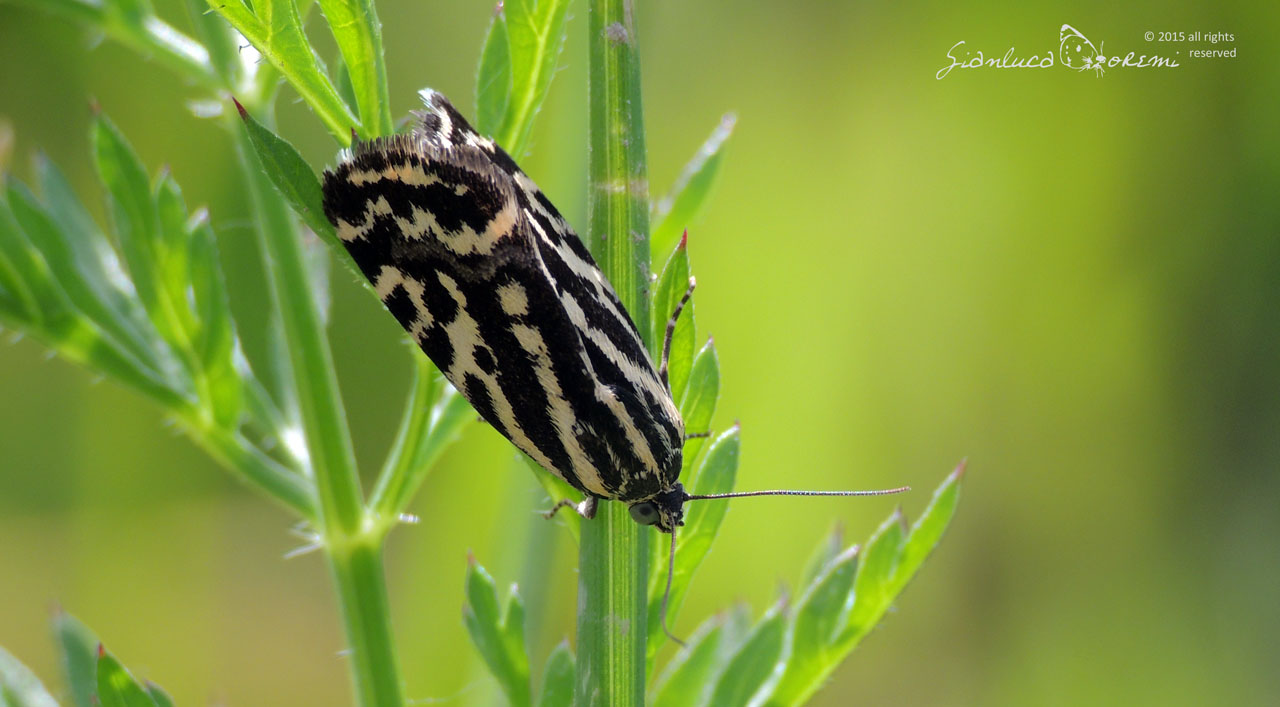
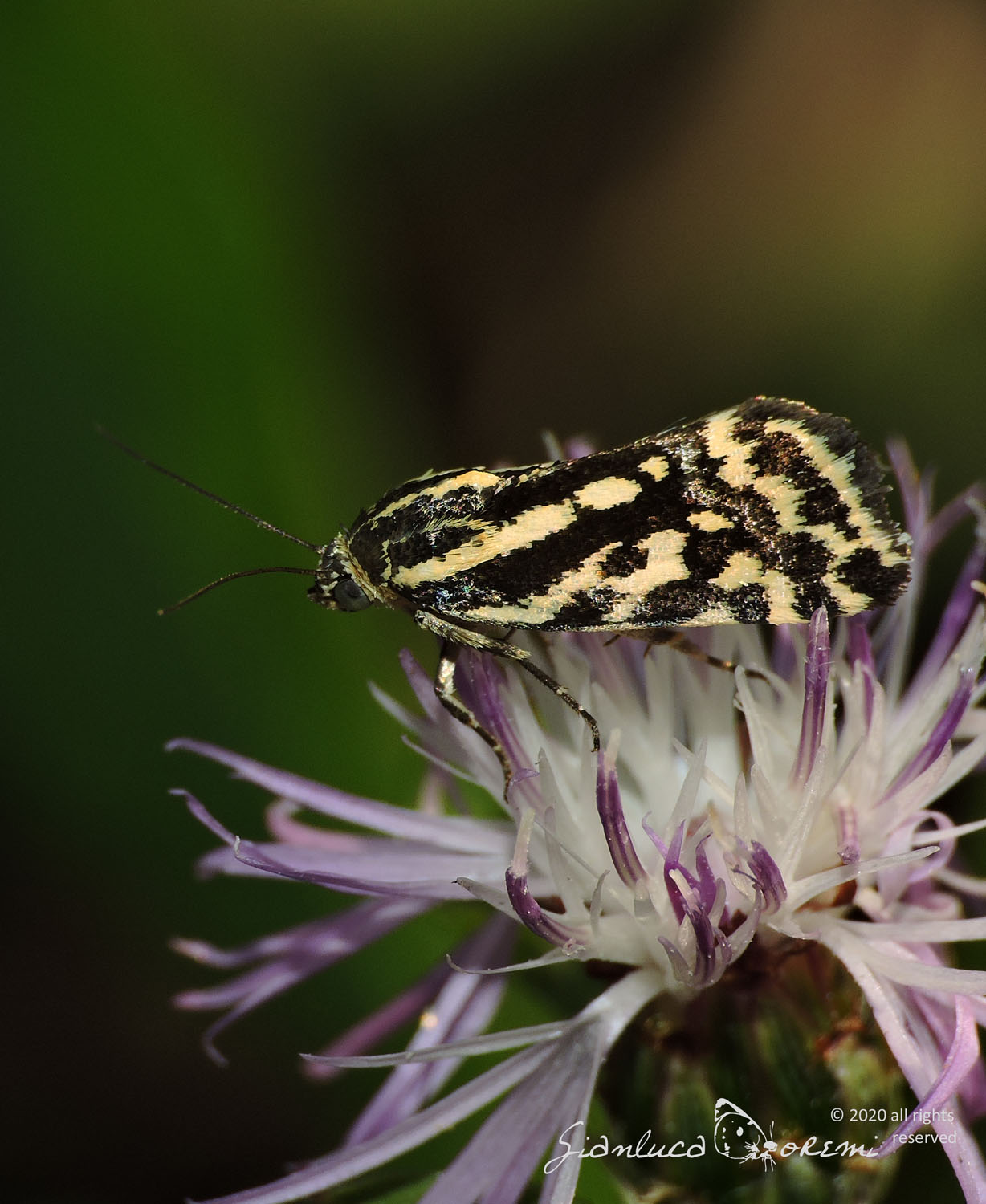
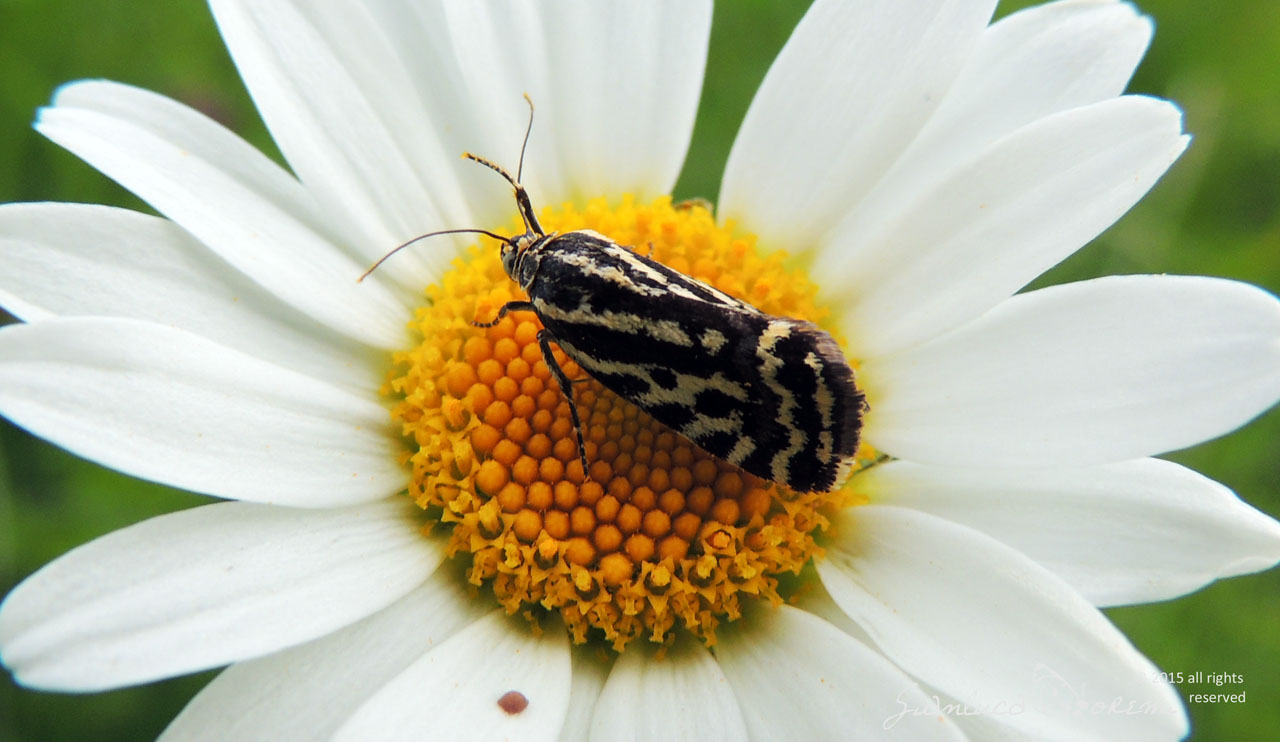
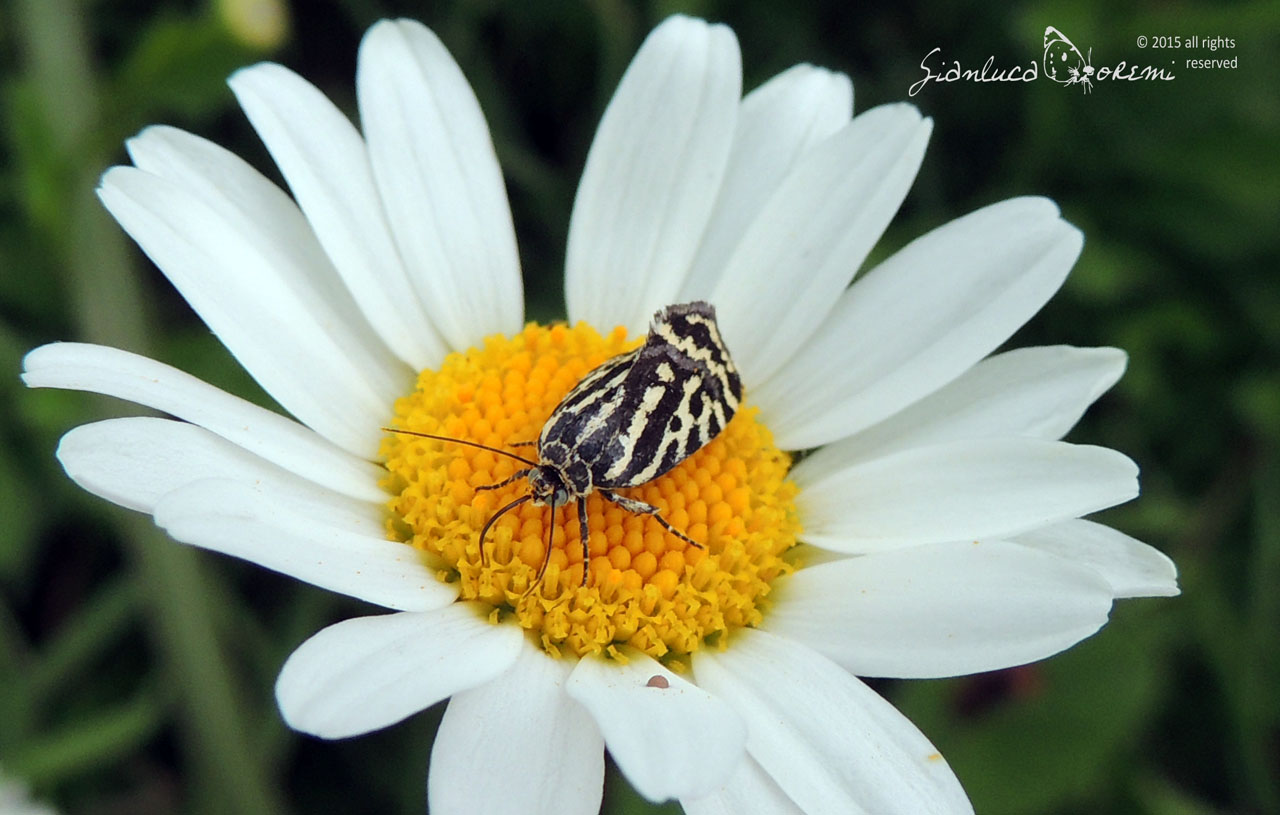
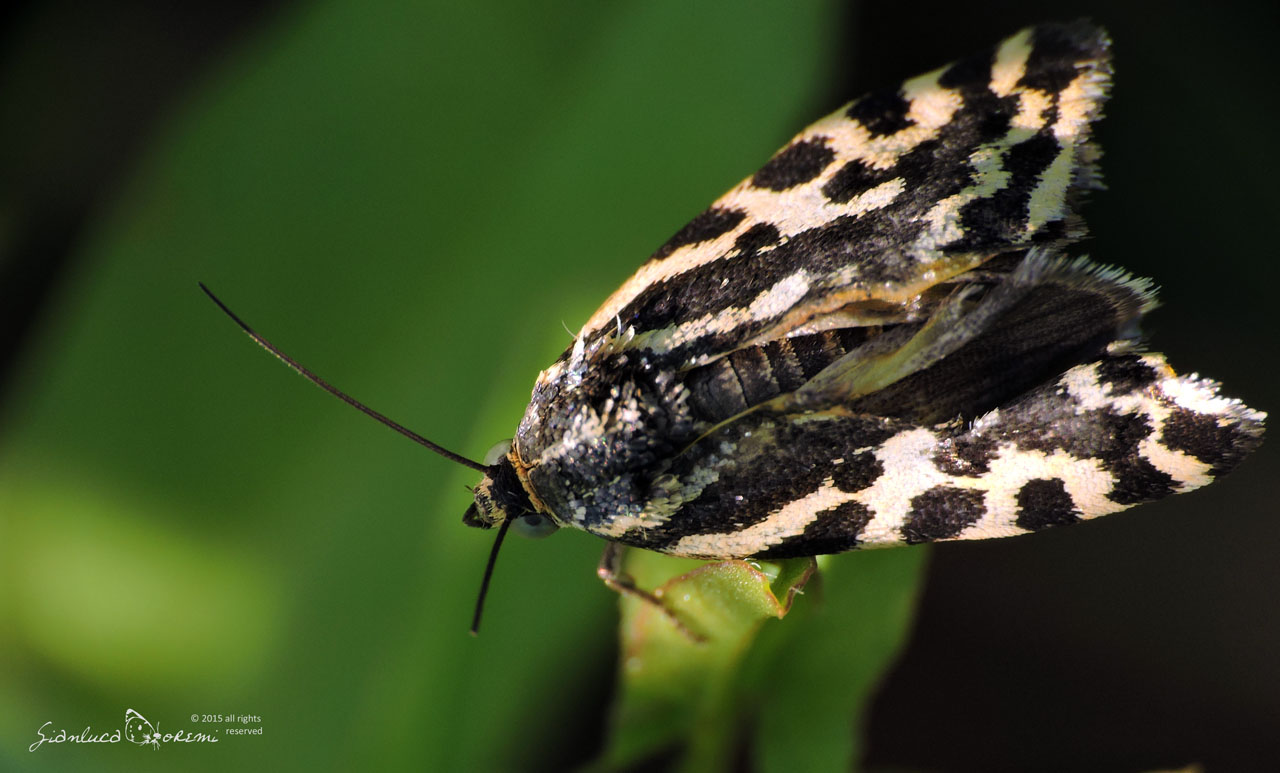
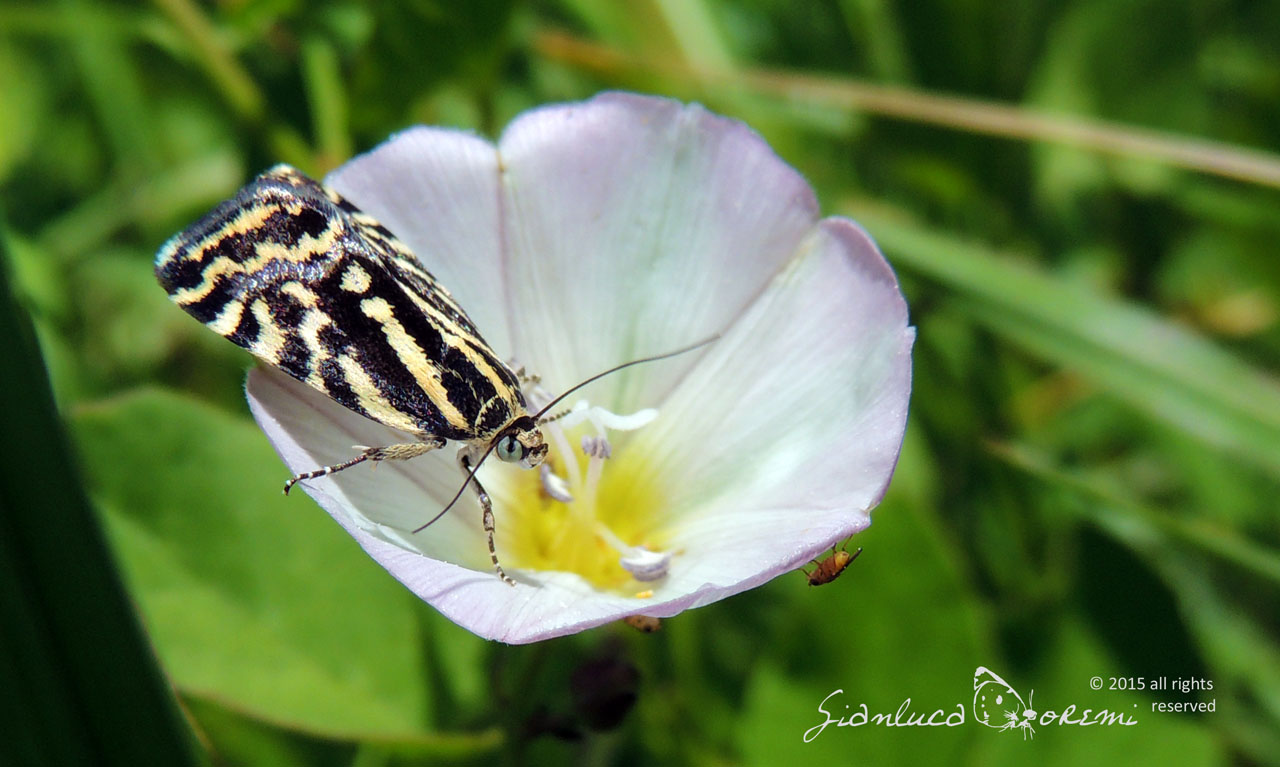
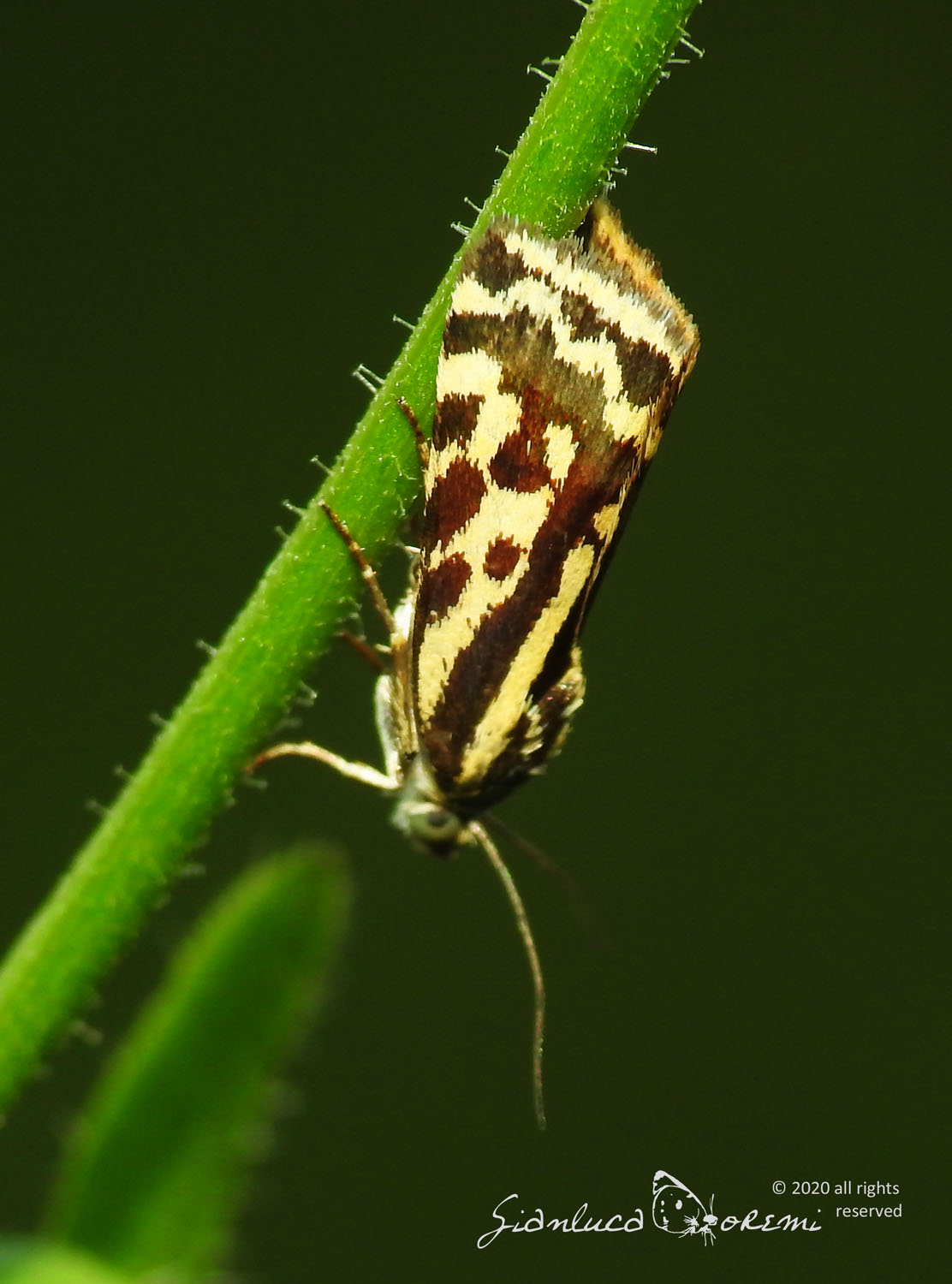
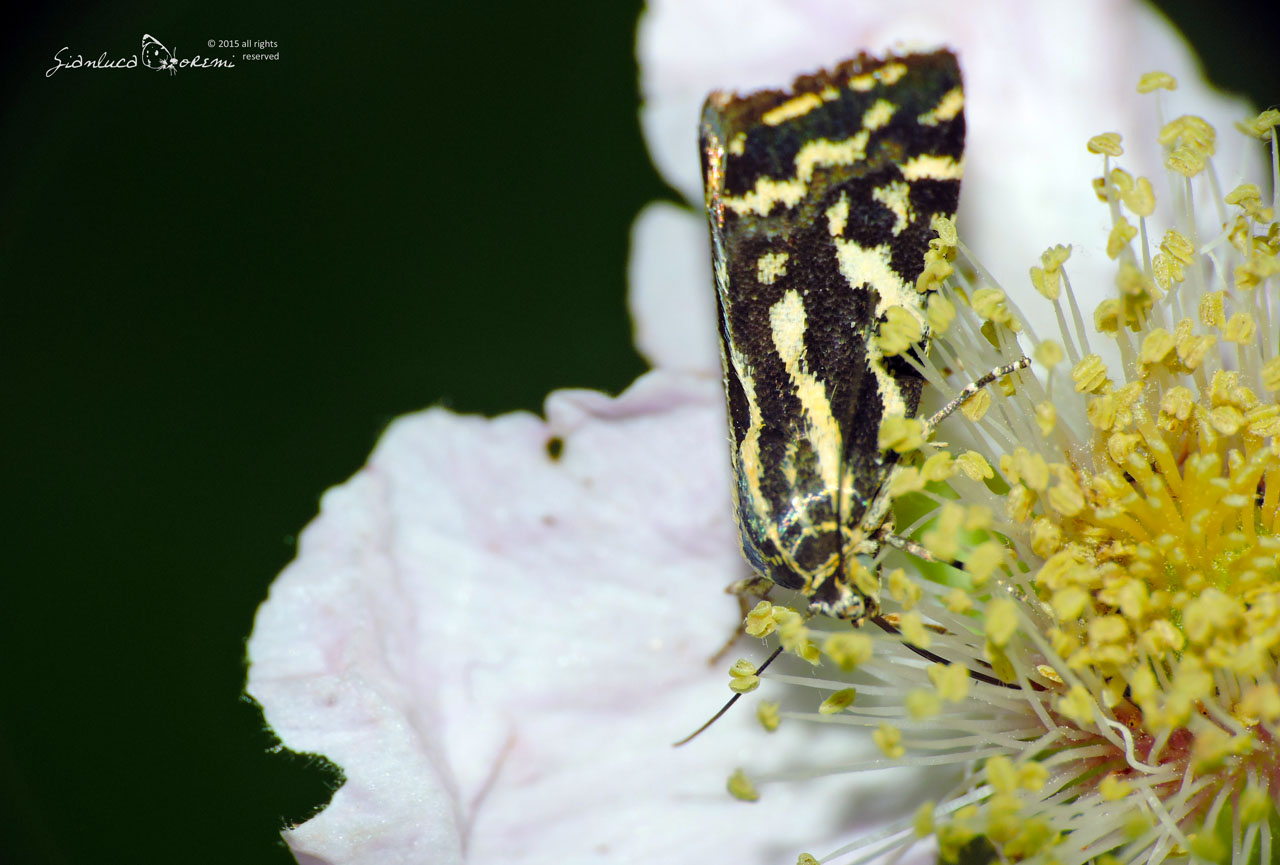
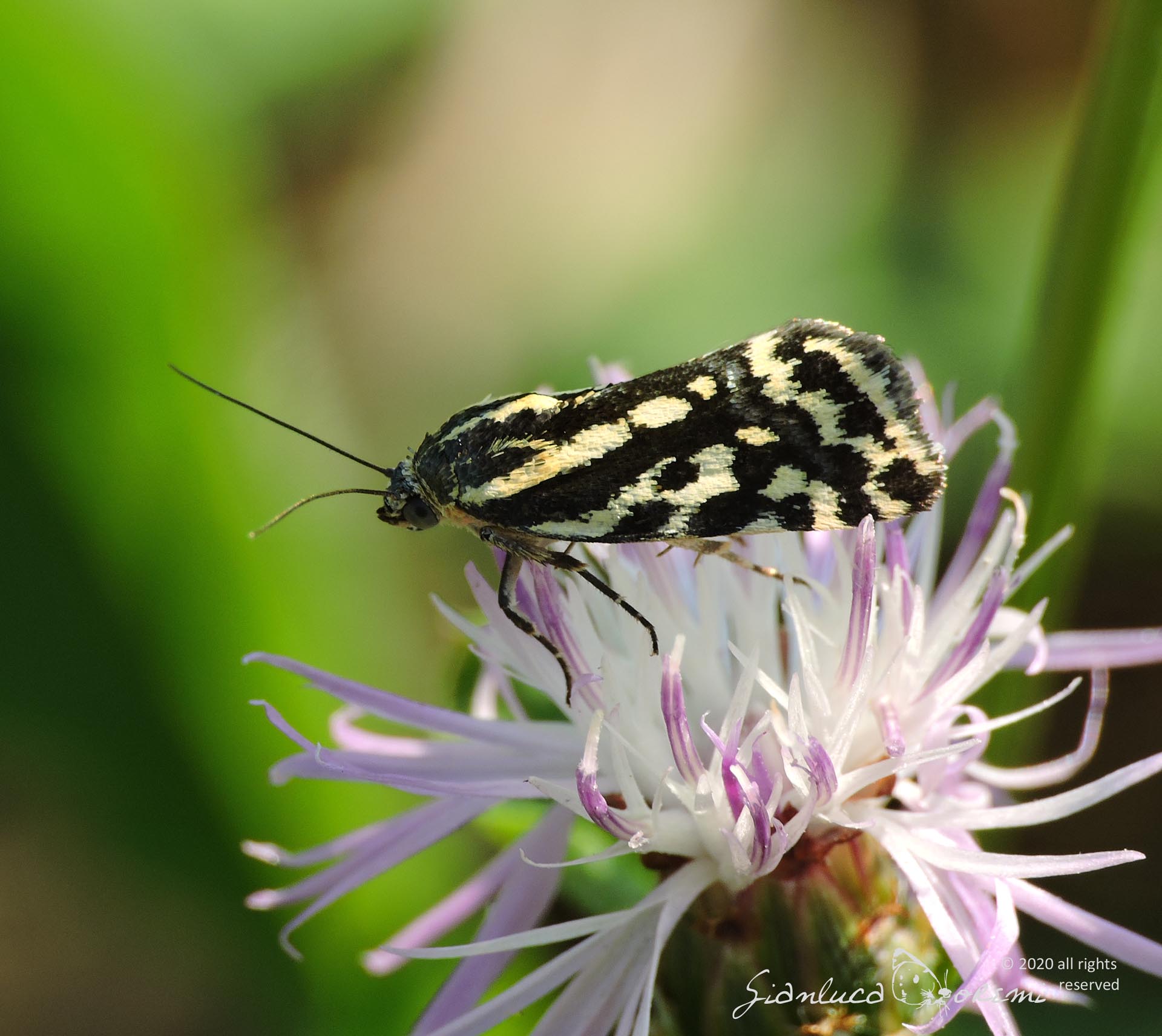
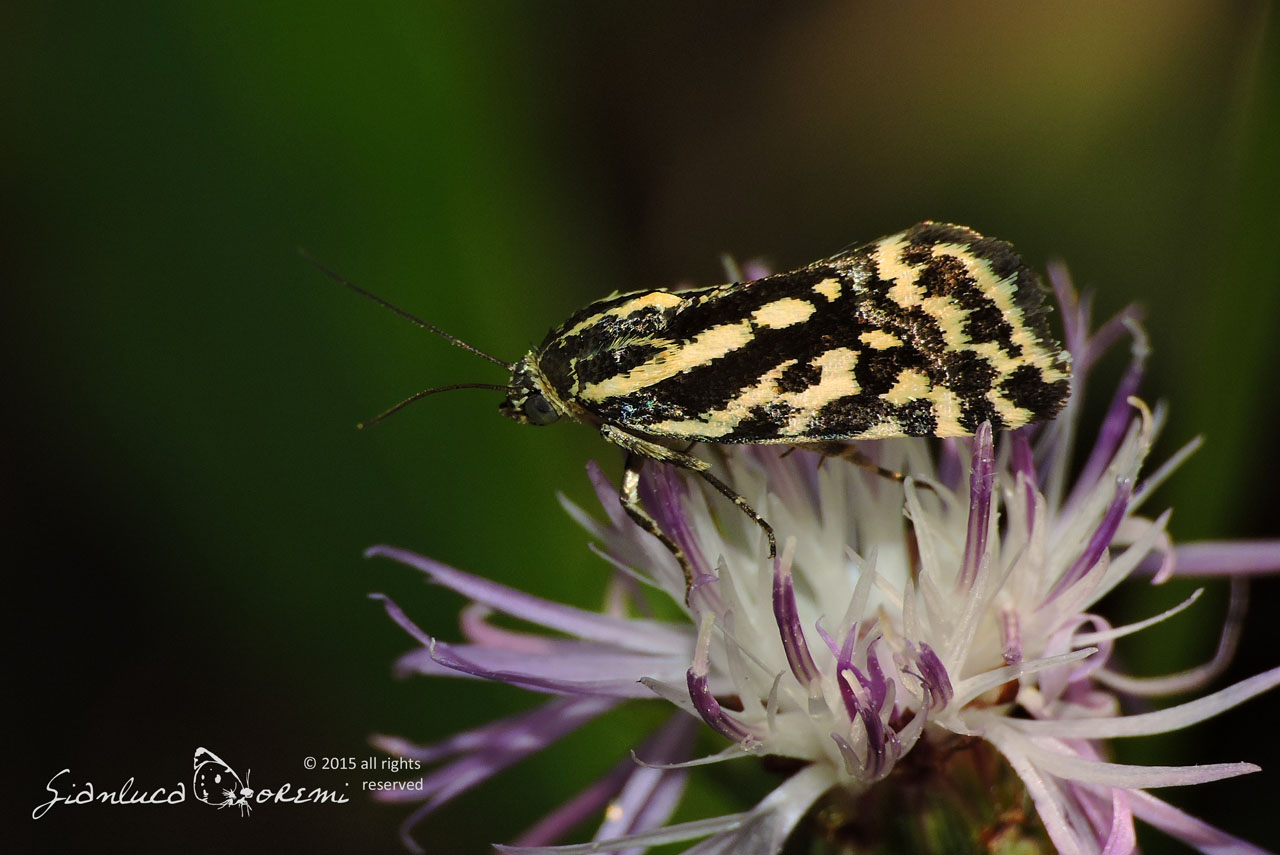
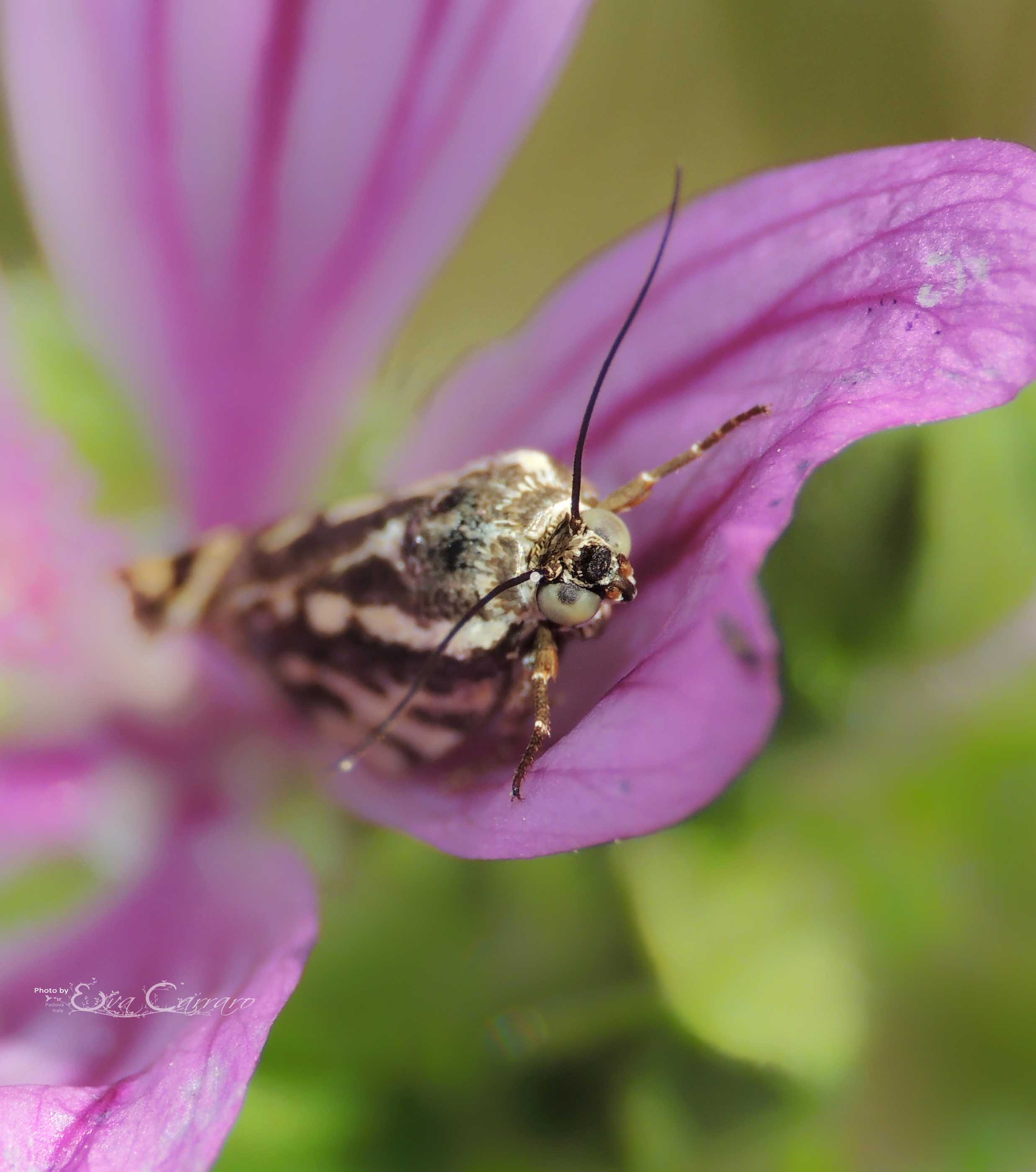
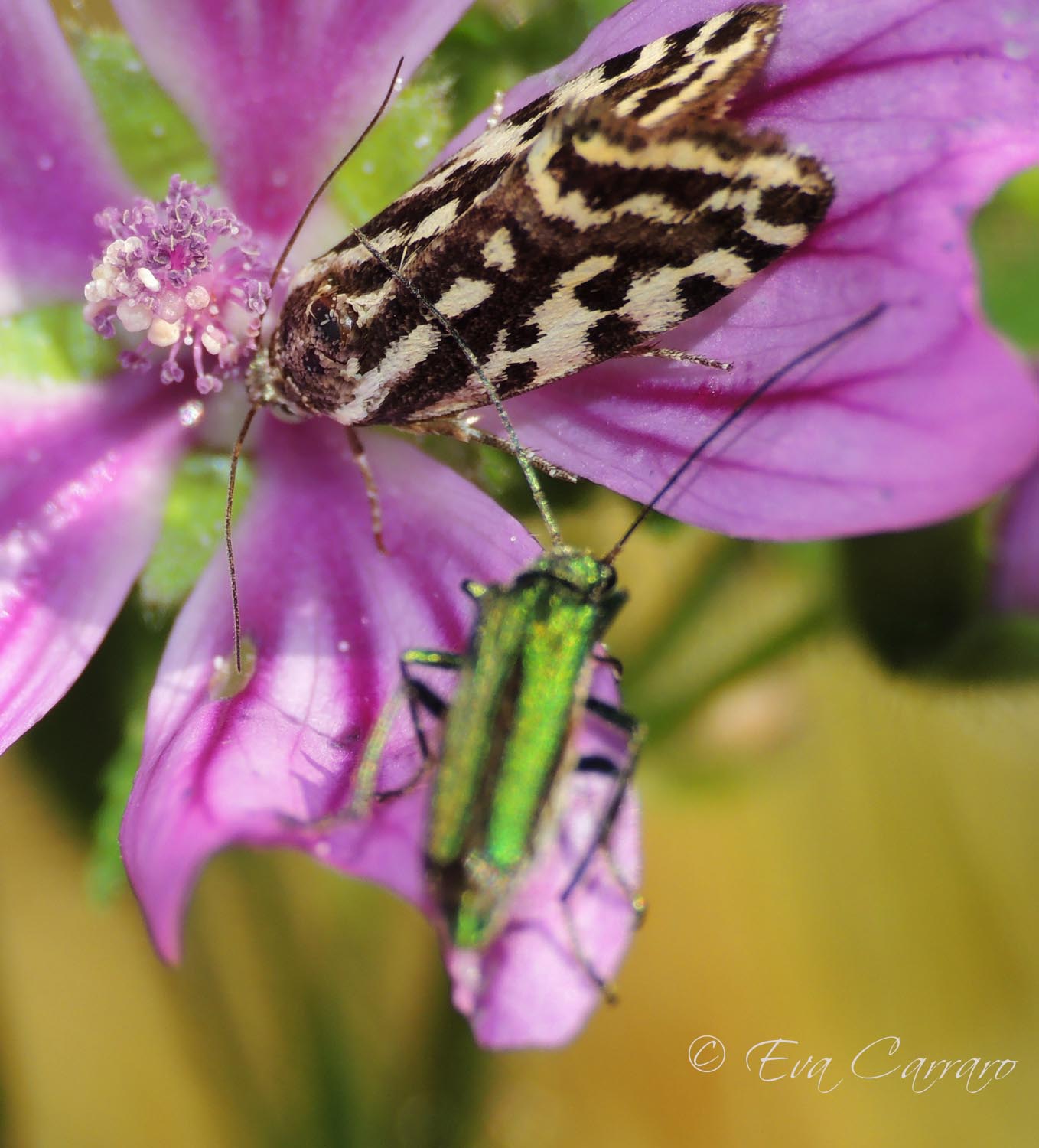
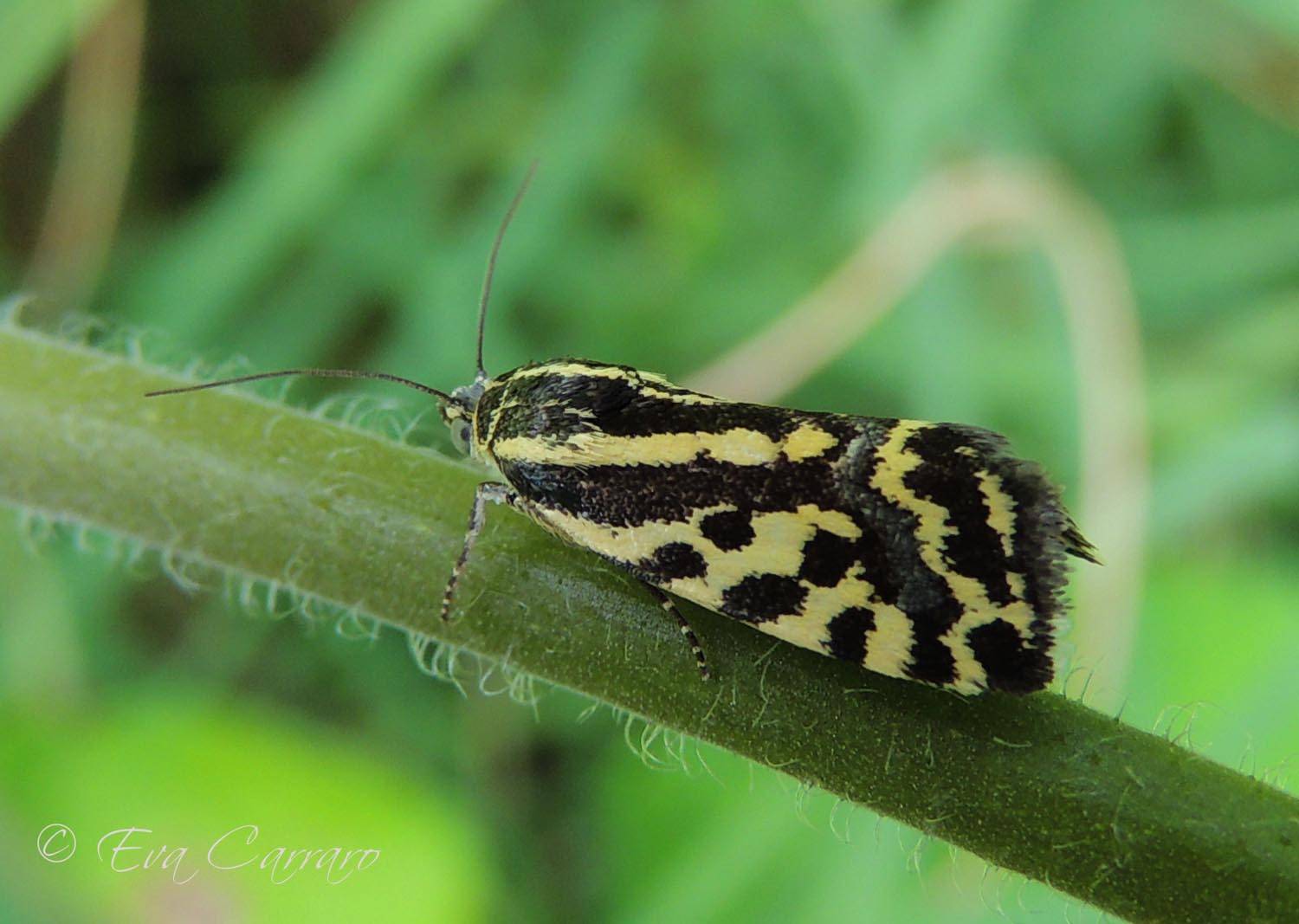
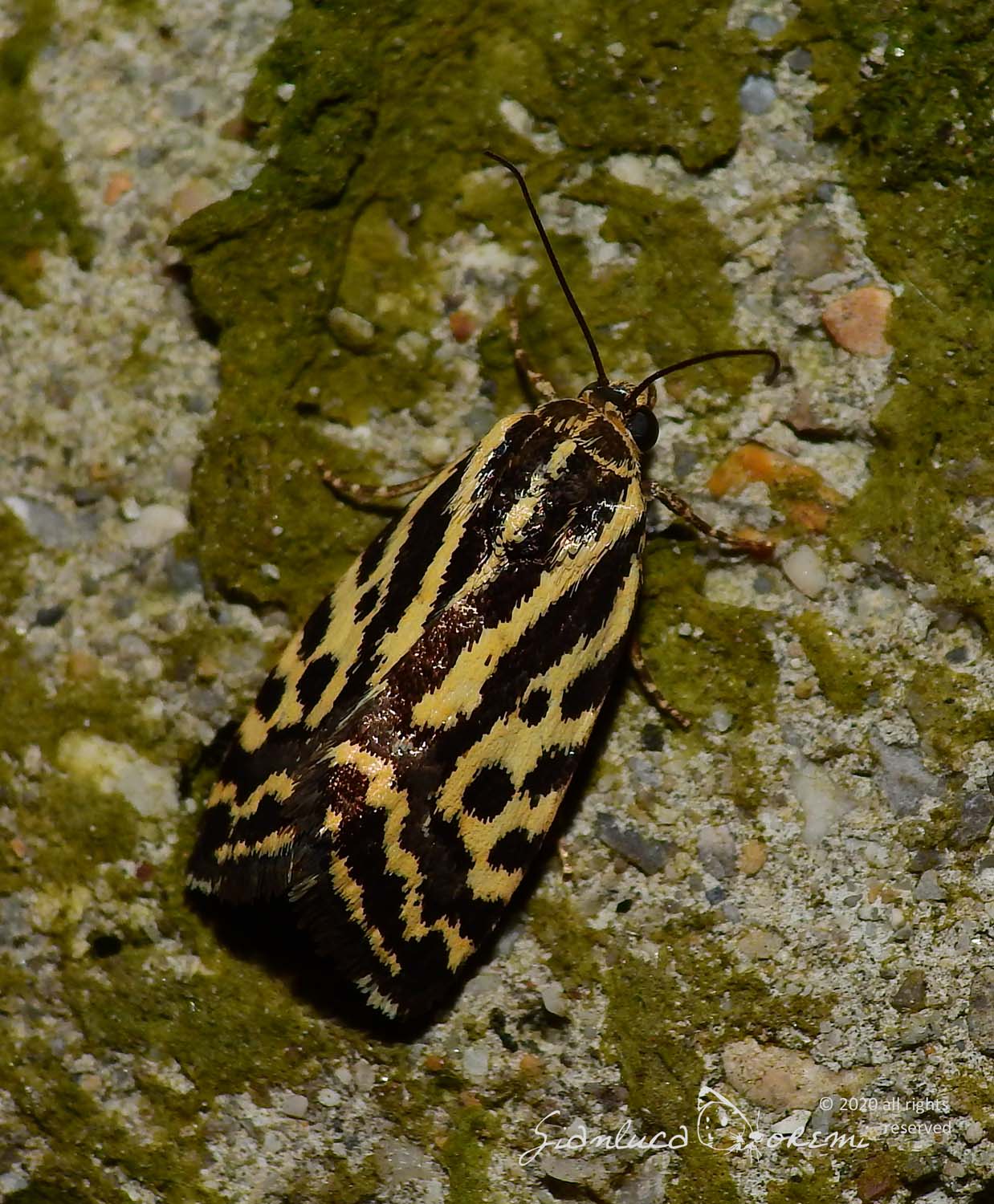
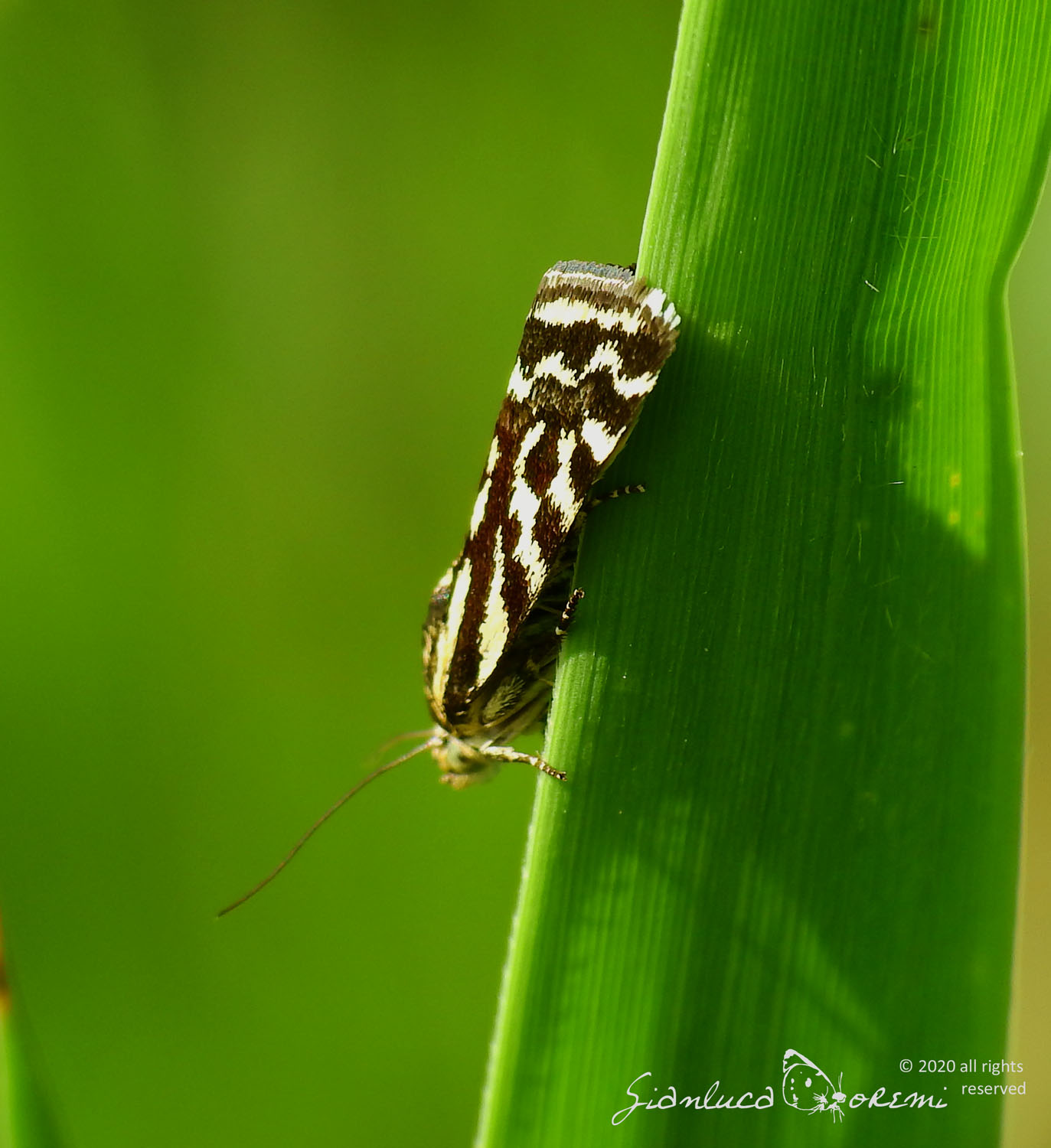
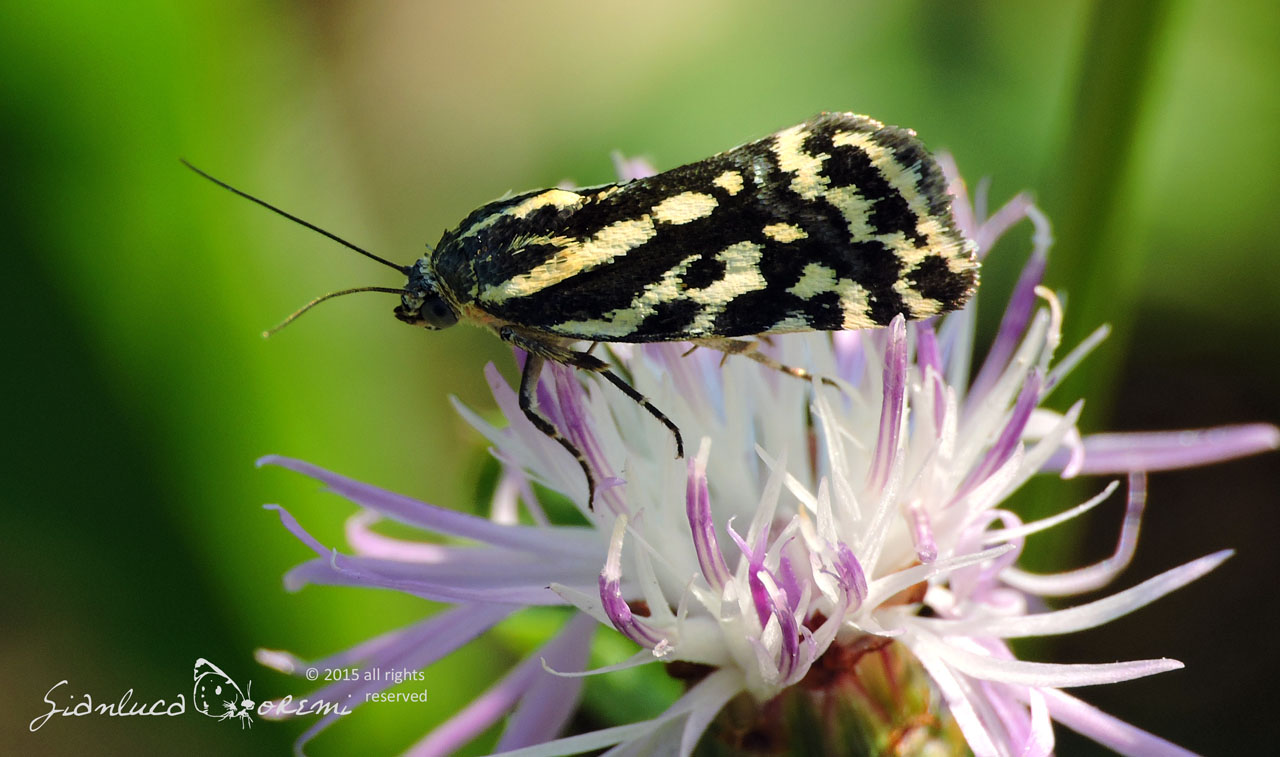

 EN
EN ITA
ITA
Social and publications